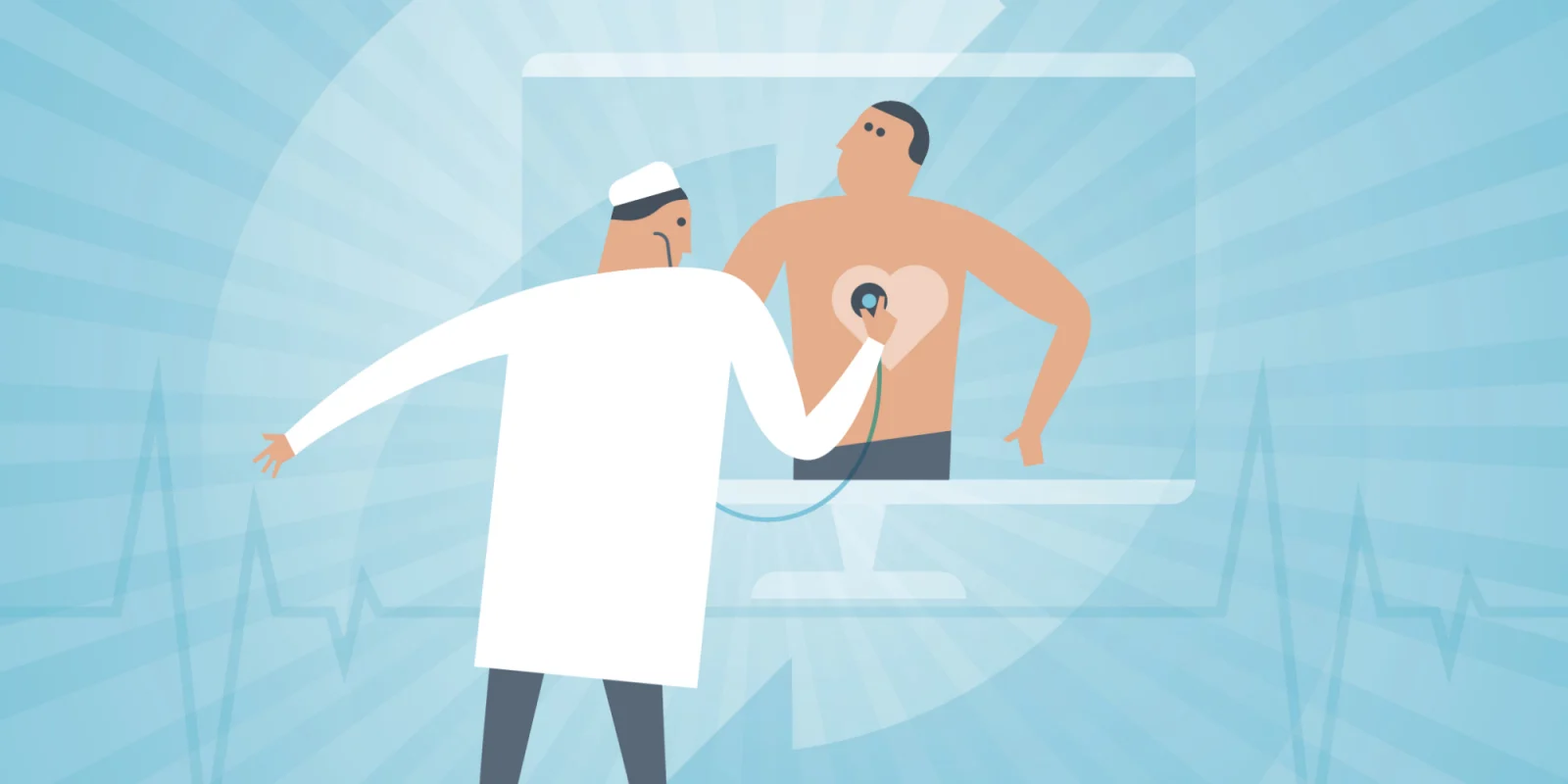
We’ve been through the dark ages of scribbling notes and keying into computers hoping to avoid lawsuits while trying to maintain our incomes. For years, we looked at telehealth platforms cautiously. We worried about reimbursement. Today, most of the states have adopted parity laws. These laws allow doctors to be reimbursed the same amount of money for telehealth visits as for office visits. We worried about maintaining quality of care. Now, smartphones allow us to gather important biometric vitals such as blood pressure, pulse, weight, temperature, blood sugar, even heart and lung sounds. We worried about brief but accurate documentation. With advances in voice recognition technology, your entire conversation with a patient can now be automatically transcribed into a PDF. We worried about continuity of care. There are a plethora of apps in telehealth which allow us to choose the mode of care we wish to participate in. Some doctors may choose the urgent care environment where they see patients they’ve never seen before and will possibly never see again. While other doctors may choose to see only patients with whom they have an established rapport. Other options allow you to pick shift care, nursing home care, gig care (flexible hours), direct pay care, and even managed care. So there are a multitude of options for all physicians on the table now.
Even if you choose not to do tele-visits, there are bold new developments in telemedicine that will make you reconsider. Medicare is now trying to promote telehealth by paying for non face-to-face clinical care (the work your staff does for free now). Medicare has two new programs: remote patient monitoring (RPM) with codes 99453 (initiation of RPM one time payment of $21), 99454 (initiation of device monthly payment of $69), and 99457 (20 minutes of non face to face clinical care payment of $53 monthly) and behavioral health integration (BHI) with code 99484 (20 minutes of non face-to-face clinical work). Adopting these programs into your practice for just one hundred Medicare patients a month would result in over $150,000 of new revenue annually. More importantly, this will improve clinical care, patient experience, lower total health care costs, and even improve our work lives. Thus addressing the quadruple aim of improving our overall health system performance. I have instituted these programs in my practice with great acceptance. My patients have responded very favorably to these new services because they are more invested in their care when they do things actively and are routinely communicating with my staff. The programs have resulted in less ER visits and hospitalizations as well as better blood pressure and blood sugar management since we can respond more quickly to abnormal results. The RPM and BHI programs are much simpler to institute and perform than the chronic care management (CCM) program and the compensation is much greater.
Imagine having the ability to practice medicine confidently without having to vex over writing or typing. Imagine having time to be able to truly engage with your patients. Imagine the health system evolving to have professional coders reviewing videos of your care for reimbursement purposes. Imagine when no one can question the care that was delivered. Imagine parity of primary care with specialists. Imagine a time when you can see everyone that needs to be seen and have more time with your family.
Are you adopting telehealth into your work and practice? Why or why not? If so, how are you doing it?







